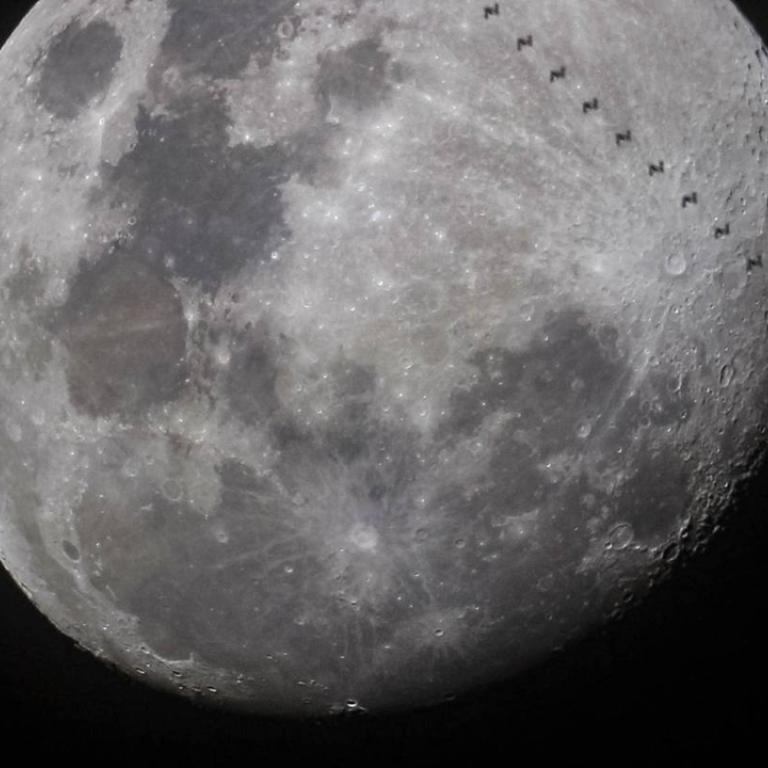
New Zealand astrophotographer captures International Space Station passing over moon in rare event
Amateur photographer is amazed that he was able to capture ‘once in a lifetime event’
By Ryan Dunlop
An Auckland amateur astrophotographer has captured the International Space Station passing over the moon in a rare event he is calling “a once-in-a-lifetime shot”.
It was over in less than a second but Josh Kirkley says the photos captured by taking a video through his personal telescope may be a New Zealand first, and the first time the event has been captured since 2017.
“This really is a once-in-a-lifetime event, I’m super amazed and pleased that I managed to capture this.”
Kirkley caught the action from the driveway of his home in Onehunga and explained it was difficult to capture because the ISS travelled over 28,000km/h as it orbited the earth.
“It is roughly the size of an American football field, and orbits around 400km above us.”
“As for the Moon, it only takes up 0.00077 per cent of the night sky, an extremely small area relative to its size.”
Given both of these factors, the Moon and ISS crossing paths was an extremely rare sight to see, let alone be captured by anyone, he said.
“The last time this was captured appears to be in late 2017 by a Nasa employee, and before that it is captured maybe once every two years or so.”
He prepared for the event with phone notifications set up to alert him when the ISS or bright satellites would be visible from his location, with 10 minutes warning so he could photograph them.
“I had 10 minutes to quickly lug my telescope and camera outside, and to the end of the driveway to get a clear view on the Moon. It was quite hazy and conditions were not ideal.”
Kirkley used a Celestron Nexstar 6SE telescope and a Canon 800D camera.

